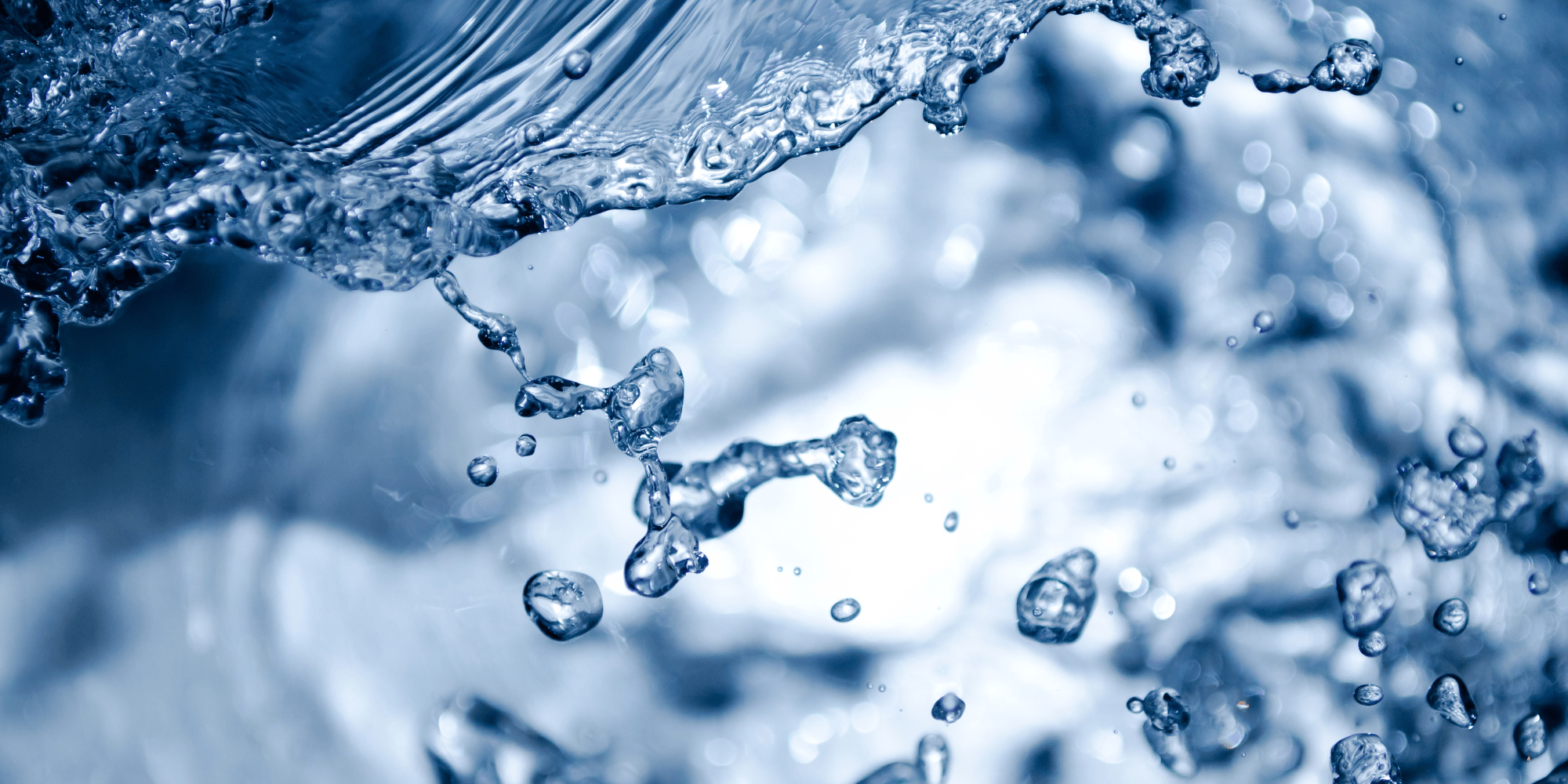A team of scientists from the University of Gdańsk (UG), in collaboration with researchers from Wrocław University of Science and Technology (PWr), has developed and patented an innovative technology that enables the effective removal from water of compounds that threaten the hormonal balance of organisms.
Endocrine-disrupting compounds (EDCs) are substances that—even in trace amounts—can interfere with the hormonal system functioning in humans and animals. Their presence in surface waters represents an increasing threat to the environment and public health. The technology developed by scientists allows for their effective neutralization without the need for high temperatures, costly reagents, or harmful oxidizers and reducers.
A key element of the solution is the use of non-thermal atmospheric plasma—a modern and energy-efficient method that enables degradation of contaminants in flowing aqueous solutions. The system’s innovation lies, among other things, in its continuous, flow-through operation, its ability to simultaneously remove at least seven different biologically active pollutants, and the elimination of the need for noble gases, which reduces operational costs.
The research team from the University of Gdańsk included:
– Dr. Agata Motyka-Pomagruk and Dr. Wojciech Śledź, Eng., from the Department of Plant Protection and Biotechnology, Intercollegiate Faculty of Biotechnology at UG and GUMed,
– Associate Professor Magda Caban, Ph.D., University of Gdańsk, and Professor Piotr Stepnowski, Ph.D., corresponding member of the Polish Academy of Sciences, Faculty of Chemistry, University of Gdańsk
The project was led by Associate Professor Anna Dzimitrowicz, Ph.D. Eng., Professor at PWr, with participation from Wrocław University of Science and Technology scientists: Professor Paweł Pohl, Ph.D. Eng., Associate Professor Piotr Jamróz, Ph.D. Eng., Professor, Associate Professor Piotr Cyganowski, Ph.D. Eng., Professor, and Dr. Eng. Dominik Terefinko.
The technology has already been successfully tested under laboratory conditions. The next stage involves real-world testing and preparations for implementation. Potential applications include, among others, the pharmaceutical and agricultural industries—sectors that could significantly reduce their impact on the natural environment through the adoption of this solution.








